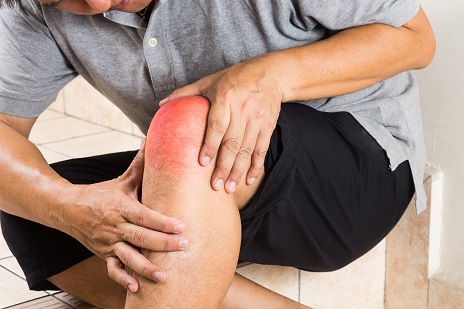Improved Quadricep Strength Linked to Better Function in Women With OA
Modest improvements in quadricep strength are associated with better performance in chair-stand tests among women — but not men — who are at risk for knee osteoarthritis or already have the disease, according to recent findings in Arthritis Care & Research.
“Quadriceps weakness is associated with functional limitations and is a target in the treatment of knee osteoarthritis (OA),” Kathryn L. Bacon, PhD, of Boston University, and colleagues wrote. “However, there are limited longitudinal data on the effect of modest increases in strength on improvements in physical function, particularly in individuals with OA.”
To analyze changes in quadricep strength and physical function — both self-reported and performance-based — among men and women with or at risk for OA, Bacon and colleagues reviewed data from the Multicenter Osteoarthritis (MOST) study. That trial, which began in 2003, included 3,026 men and women aged between 50 and 79 years at baseline, and either at risk for or already diagnosed with OA, from sites in Birmingham, Alabama, and Iowa City, Iowa. Participants assessed for knee extensor muscle strength, as well as self-reported and performance-based physical function at baseline and 5 years.

Focusing on 1,534 participants, after excluding those with knee replacement after baseline, the researchers used a three-category variable to determine whether at 5 years, knee extensor strength increased, decreased or stayed within 15% of the baseline figures. Outcomes included the five-times sit-to-stand test, the 20-meter walk test and WOMAC Physical Function Score, as well as three individual functions within the WOMAC score — rising from a chair, going up stairs and getting on or off a toilet. The researchers used linear and logistic models, stratified by sex, to determine links between changes in strength and physical function.
According to the researchers, 22% of men and 30% of women at the 5-year follow-up demonstrated increased quadricep strength by at least 15%. In addition, women who increased their strength also improved their chair stand performance (OR = 2.27; 95% CI, 1.56-3.3), compared with women whose strength did not change. However, these women demonstrated no improvements in any additional functions. Among men, an increase in quadricep strength was not associated with significant improvement in any physical function.
“We found an increase in quadriceps strength was associated with improved chair stand performance in women, but not improved walk time or self-reported functional limitations. An increase in strength was not associated with change in performance-based physical function in men,” Bacon and colleagues wrote. “Modest strength improvements may have limited effects on common functions. Targeted interventions may be required to improve functional status.” – by Jason Laday
Disclosure: Bacon reports no relevant financial disclosures. Please see the study for all other authors’ relevant financial disclosures.
